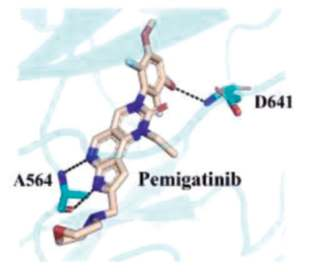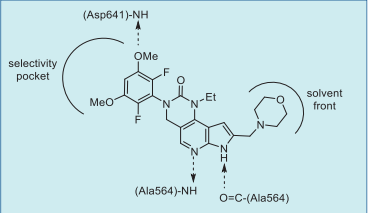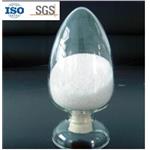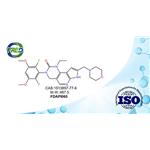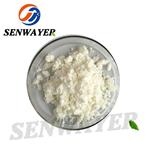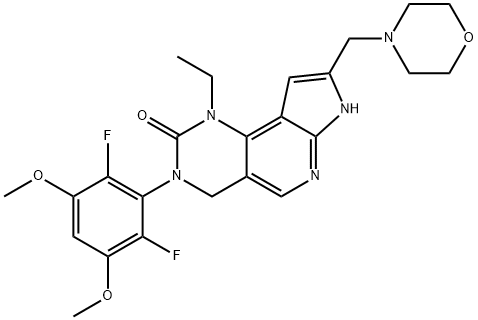
Pemigatinib
- Product NamePemigatinib
- CAS1513857-77-6
- MFC24H27F2N5O4
- MW487.5
- EINECS
- MOL File1513857-77-6.mol
Chemical Properties
| Boiling point | 697.6±55.0 °C(Predicted) |
| Density | 1.44±0.1 g/cm3(Predicted) |
| storage temp. | Store at -20°C |
| solubility | DMSO:40.0(Max Conc. mg/mL);82.05(Max Conc. mM) |
| form | A crystalline solid |
| pka | 11.56±0.40(Predicted) |
| color | White to light yellow |
